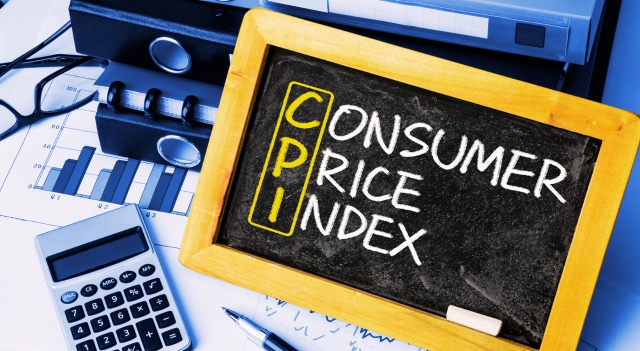
The recent US consumer inflation data (CPI), released on Wednesday, brought relief to some economists who feared that the Fed would not be able to cut rates this year. The 0.3% change in the CPI in April, slightly below the last three months and median projections, coincided with an unexpected stability in retail sales for the same month.
Andrea Damico, chief economist at Armor Capital, highlighted that the stable retail data was the main surprise of the day, with Reuters projecting a 0.4% increase. There was a decline in various product categories, indicating one of the first signs of a slowdown in the US economy after a strong first quarter in terms of consumption and investment. “It is important to have weaker data because it can help the Fed. Today we have almost a rate hold in the US, but this data increases the likelihood of a cut this year,” Andrea said.
Although the CPI is not the most observed data by the Fed, which prefers the PCE, the core CPI measure was in line with expectations, and the “supercore” (excluding housing) decelerated, although still at a high level. “It slowed from 0.65% to 0.42%, showing a marginal cooling, but it is still an uncomfortable number for the Fed,” Andrea explained.
Greg Wilensky, head of US fixed income and portfolio manager at Janus Henderson Investors, also believes that this week’s inflation data keeps hopes alive for an initial cut in the Fed’s main interest rate in the second half of the year. Wilensky highlighted that the market is now pricing in two rate cuts for 2024 and predicts a soft landing for the economy, with inflation approaching its target.
Itaú observed that the April CPI suggests a core PCE reading of 0.24%, better than the 0.36% average in the first quarter, but insufficient to start a loosening cycle now. “Inflation remains high, and we maintain the view that the Fed will keep rates high for longer, starting cuts only in December,” the bank stated.
Danilo Igliori, chief economist at Nomad, sees the April CPI data renewing hopes for the resumption of the disinflation process in the US. “Markets reacted positively, anticipating that benign CPI numbers increase the chances of rate cuts before September,” he predicted.
Matheus Pizzani, economist at CM Capital, commented that the release was heterogeneous, with diffuse effects among different groups forming the CPI. “Although the CPI is not the Fed’s official indicator, three specific prices—new vehicles, electricity, and housing—are closely monitored. The 0.4% increase in housing for the third consecutive month shows resilience, but the overall inflation trajectory still offers little room for rate cuts in the first half of the year.”
Claudia Rodrigues, economist at C6 Bank, warned that service prices continue to pressure inflation, reflecting a tight labor market. “Despite expectations for rate cuts this year, the persistence of inflationary pressure is inconsistent with the start of the rate cut cycle in 2024,” she said.
Scott Helfstein, head of investment strategy at Global X, predicts that the Fed will remain patient, with a rate cut in December being more likely. “A stable rate and inflation environment is good for companies. Economic growth will likely be driven by business investment at the end of the year,” he predicted.
Rodrigo Cohen, investment analyst and co-founder of the Investment School, believes that inflation is still far from the target, but it is possible to think of at least one rate cut by the end of the year. “The data supports at least one cut by the end of the year,” he concluded.
Wall Street Reactions
Evercore ISI, RBC Capital Markets, Wolfe Research, Wells Fargo, and Morgan Stanley shared similar analyses. Most see the current data as a relief but still insufficient for celebration. The expectation is that the Fed will remain on hold for most of the year, with potential rate cuts at the end of 2024, depending on future inflation and economic growth readings.

It looks like you are not logged in. Click the button below to log in and keep track of your recent history.